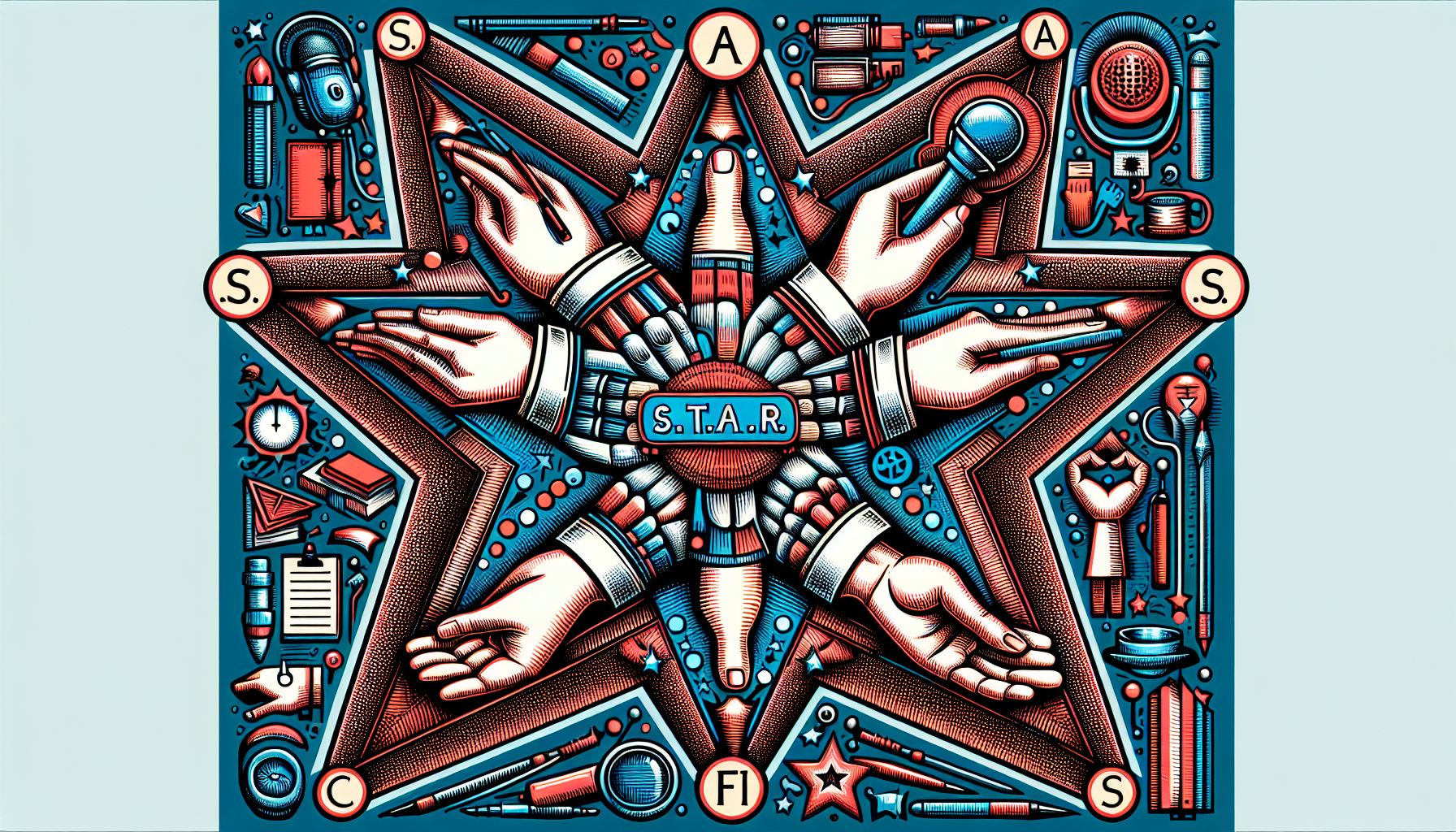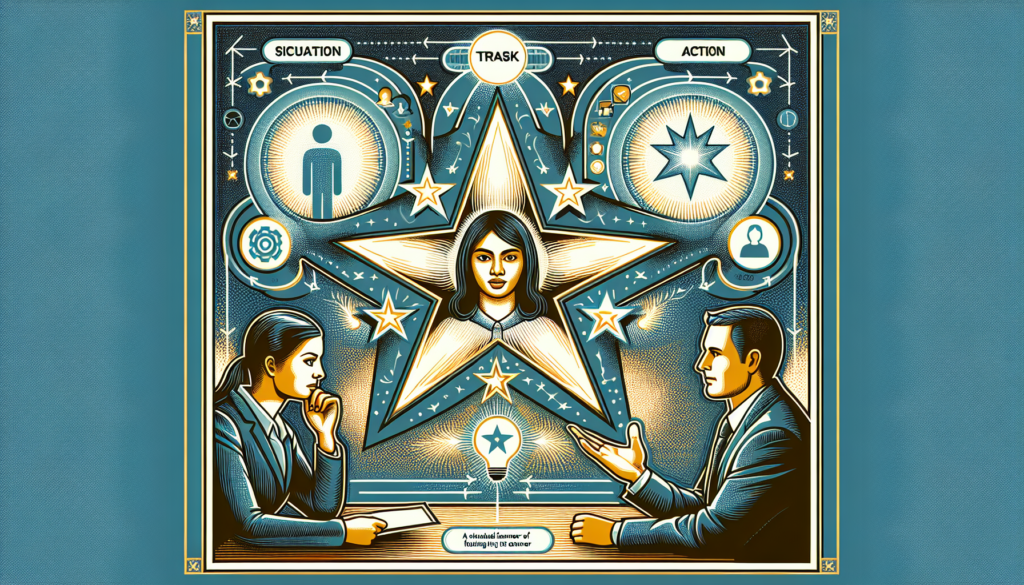Mastering Behavioral Interviews: A Complete Guide to the STAR Method (2024)
Meta: Learn how to ace behavioral interviews using the STAR Method. Master situation, task, action, and result storytelling to showcase your professional experiences effectively.
Did you know that 80% of Fortune 500 companies use behavioral interviews as their primary screening method? I’ve been on both sides of the interview table, and I can tell you that mastering the STAR method isn’t just helpful – it’s absolutely essential! Whether you’re a fresh graduate or a seasoned professional, this structured approach to answering interview questions can be your secret weapon for landing your dream job.

Understanding the Fundamentals of Behavioral Interviews
Let’s dive into behavioral interviews, shall we? These aren’t your typical “What’s your greatest weakness?” kind of interviews. Instead, they’re designed to get a real peek into how you’ve handled situations in the past.
You might be wondering, “Why do employers love these so much?” Well, it’s simple. They believe that your past behavior is the best predictor of how you’ll act in the future. Smart, right?
Common questions you might hear are things like, “Tell me about a time when you had to deal with a difficult coworker,” or “Describe a situation where you had to meet a tight deadline.” These questions are all about getting you to spill the beans on your real-world experiences.
The psychology behind this is fascinating. Employers are essentially trying to fast-forward through your probation period by getting a sneak preview of how you operate in various scenarios.
Breaking Down the STAR Method
Now, let’s talk about the STAR method. It’s not about being a celebrity, I promise! STAR stands for Situation, Task, Action, and Result. It’s like a recipe for serving up the perfect interview answer.
First, you set the scene with the Situation. Then, you explain the Task or challenge you faced. Next, you describe the Action you took to address it. Finally, you showcase the Result of your efforts.
But watch out! There are some common pitfalls to avoid. Don’t get too bogged down in unnecessary details, and make sure you’re the star of your own story (pun intended!).
Preparing Your STAR Stories
Preparing for a behavioral interview is like packing for a trip. You want to have everything you need without overloading your suitcase.
Start by identifying relevant experiences from your past. These could be from work, school, or even volunteer activities. Create a “story bank” of these experiences that you can draw from during the interview.
The trick is to adapt these stories for different questions. It’s like having a Swiss Army knife of experiences – one story might work for multiple questions with a bit of tweaking.
Practice is key. Time yourself telling these stories and record yourself if you can. It might feel awkward, but listening to yourself can help you refine your delivery.
Advanced STAR Method Techniques
Ready to level up your STAR game? Let’s talk about some advanced techniques.
Incorporating metrics and data into your stories can really make them pop. Instead of saying “I increased sales,” try “I increased sales by 25% over six months.”
What about when they ask about negative experiences? Don’t panic! These questions are opportunities to show how you’ve learned and grown.
If you’re doing a remote interview, make sure your tech is set up properly and you’re looking at the camera, not the screen. It’s the digital equivalent of eye contact!
And remember, the interviewer might ask follow-up questions. Be prepared to dive deeper into your stories if needed.
Common Behavioral Questions and STAR Responses
Let’s run through some common types of behavioral questions and how you might approach them using the STAR method.
For leadership examples, you might talk about a time you led a project team or mentored a new employee.
Conflict resolution scenarios could include a disagreement with a coworker or a challenging customer interaction.
Problem-solving situations might be about a time you identified and fixed an inefficiency in a work process.
For team collaboration stories, think about projects where you had to work closely with others to achieve a goal.
Time management cases could involve juggling multiple deadlines or prioritizing tasks effectively.
Remember, the key is to be specific, focus on your actions, and highlight positive outcomes. With these strategies in your toolkit, you’ll be ready to shine in your next behavioral interview!

Conclusion
Wrap up with practical next steps for implementation, emphasis on practice, and encouragement for upcoming interviews. Include a final call to action for creating a personal STAR story bank.




